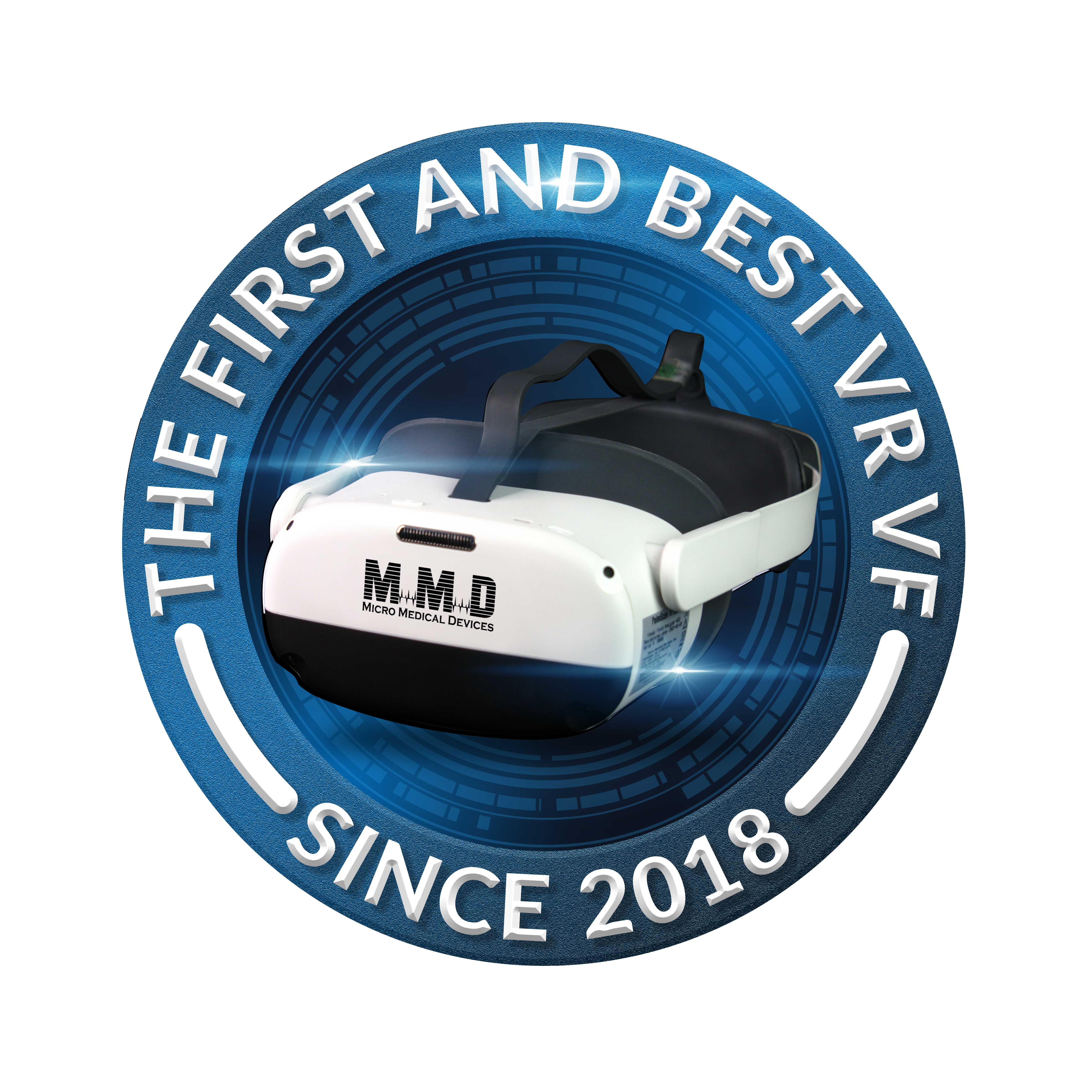For contact lens patients, accurate visual field testing is an essential part of maintaining long-term ocular health. Subtle visual changes can often be masked by the comfort and clarity of contact lenses, making thorough field assessments a vital part of professional eye care.
In 2025, advances such as virtual reality visual field testing and VR perimetry have transformed the way practitioners approach these evaluations — offering both precision and patient convenience.
The Importance of Visual Field Testing in Contact Lens Wearers
While contact lenses provide clear vision, they can sometimes influence visual field perception. Lens edge thickness, material type, and fitting parameters can slightly alter peripheral awareness. For this reason, practitioners should ensure field testing is performed under consistent and controlled conditions.
The visual field — or virtual field — represents the total area visible to a person while focusing straight ahead. Detecting any field loss is essential for early diagnosis of conditions like glaucoma, retinal disease, or optic nerve dysfunction.
In contact lens wearers, accurate assessment ensures that visual correction hasn’t compromised overall field sensitivity.
Integrating Virtual Reality Visual Field Testing
Traditional perimetry, though effective, can sometimes be uncomfortable or time-consuming. The introduction of virtual visual field systems and virtual reality vision tools has revolutionized how optometrists conduct these tests.
Modern virtual perimetry and VR perimetry devices use head-mounted displays that simulate the entire testing environment in virtual reality. These devices are:
-
- Portable and patient-friendly – Perfect for both clinic and outreach settings.
- Highly accurate – Real-time eye tracking ensures precise response mapping.
- AI-enabled – Advanced algorithms detect early field changes with minimal error.
For contact lens users, virtual reality perimetry minimizes glare and discomfort, enabling more consistent test results.
How Contact Lenses Can Affect Field Testing Results
Even a perfectly fitted contact lens can slightly alter light transmission or edge reflection. Soft lenses may cause minor field loss near the periphery, while rigid lenses could induce glare artifacts.
To minimize variability:
-
- Always remove contact lenses before visual field testing, unless specifically required for performance comparison.
- Reassess if patients report any distortion, dryness, or visual fatigue during the test.
- Use virtual visual field systems that automatically compensate for lens-induced artifacts.
Integrating VR visual field testing ensures consistent and reproducible outcomes, even in patients with different lens materials or prescriptions.
Supporting Technologies for Comprehensive Eye Care
Field testing is just one component of a complete ocular evaluation. Modern optometry relies on an array of diagnostic technologies to assess every aspect of eye health:
-
- Biometry – Provides accurate measurements for IOL power calculation in cataract and refractive procedures.
- A-Scan (Ascan) – Measures axial length using ultrasound; crucial for determining refractive outcomes.
- B-Scan (Bscan) – Produces two-dimensional images of the posterior segment, ideal for media opacities.
- Pachymeter – Measures corneal thickness; Pachymetry is indispensable for glaucoma and refractive surgery screening.
- Keratometer – Determines corneal curvature, key for contact lens fitting and detecting astigmatism.
- CXL (Corneal Crosslinking) or Corneal Cross-linking – Strengthens corneal structure in keratoconus and ectasia using UV light and riboflavin.
By combining virtual perimetry with these diagnostic tools, practitioners gain a complete picture of both visual performance and ocular structure.
Best Practices for Practitioners
To achieve reliable outcomes in visual field testing for contact lens wearers:
-
- Establish a consistent baseline – Always record whether lenses were worn during the test.
- Maintain stable testing conditions – Ensure uniform lighting and fixation control.
- Utilize modern VR systems – Adopt VR perimetry or virtual reality perimetry for enhanced precision and comfort.
- Integrate data with imaging tools – Use biometry, pachymetry, and B-Scan data to interpret functional findings.
- Educate patients – Explain how field testing complements their regular contact lens care.
Following these steps helps practitioners provide comprehensive and personalized eye care.
The Role of Virtual Reality in the Future of Optometry
The merging of vision, virtual reality, and ocular diagnostics is redefining the future of optometry. Portable virtual field systems, combined with AI and biometric data, allow clinicians to monitor progression with precision once reserved for hospital-based instruments.
As technology continues to evolve, virtual reality visual field testing will become standard practice, ensuring that even contact lens users receive the most advanced and accurate vision assessments possible.
Conclusion
Visual field testing in contact lens patients requires precision, consistency, and awareness of how lenses can influence perception. With innovations like VR visual field, virtual perimetry, and advanced diagnostics such as A-Scan, B-Scan, Pachymetry, and Corneal Cross-linking, practitioners can now deliver unparalleled accuracy and comfort in every exam. The integration of virtual reality perimetry with traditional tools signifies not just an upgrade in technology — but a new era in comprehensive, patient-centered vision care.







